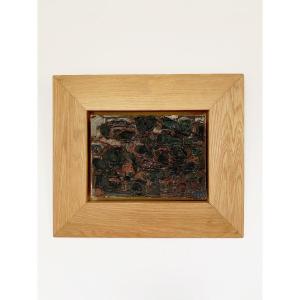Burnt forest, 1962
Oil on canvas board
Signed “Cottavoz” and dated “62” lower right
Dimensions of the work: 16 x 22 cm
Dimensions of the frame: 26 x 38.5 cm
Born in 1922 in Isère, André Cottavoz developed an interest in painting as a teenager. Encouraged by his mother, he received his first artistic training at the School of Fine Arts in Lyon, which he joined in 1939. In 1942, the young artist was requisitioned for the STO and was deported to Austria, where he nevertheless managed to to paint in makeshift conditions to overcome this terrible human ordeal. After the Great War, André Cottavoz went back to school where he forged real bonds of camaraderie with the Lyon artists of his generation, students of Antoine Chartres, such as Jacques Truphémus, Jean Fusaro and Pierre Coquet. In 1948, under the impetus of the painter Paul Philibert-Charrin, they gathered to present their work in the chapel of the Lycée Ampère. This is the manifest exhibition of this group of figurative painters who call themselves "sanzists". André Cottavoz exerts a strong influence on the sanzists (or without “-ists”) who owe this name to the fact that they do not claim any artistic movement by voluntarily registering on the margins of any current. André Cottavoz also exhibited regularly in various Parisian salons and won the Fénéon Prize in 1953. In 1958, he moved to the South of France, first to Cannes and then to Vallauris.
The thick and vibrant touch of André Cottavoz is recognizable among all. He deposits a very thick material on the surface of the canvas which he works most of the time with a knife. The result makes perceptible the gesture of the artist who intervenes like a sculptor in order to extract all the light from this “pictorial paste”. “Painting is almost sculpting,” he declared. Whatever the subject, portrait, landscape or still life, André Cottavoz reduces it to its essence. The 1962 work that we are offering illustrates this point very well: the artist represents a landscape, that of a burnt forest reduced to the essentials thanks to this subtle mixture of warm tones made of browns, ocher, gray and dark green, sometimes matte, sometimes shiny, which awaken the senses in the face of this spectacle suffered by nature.









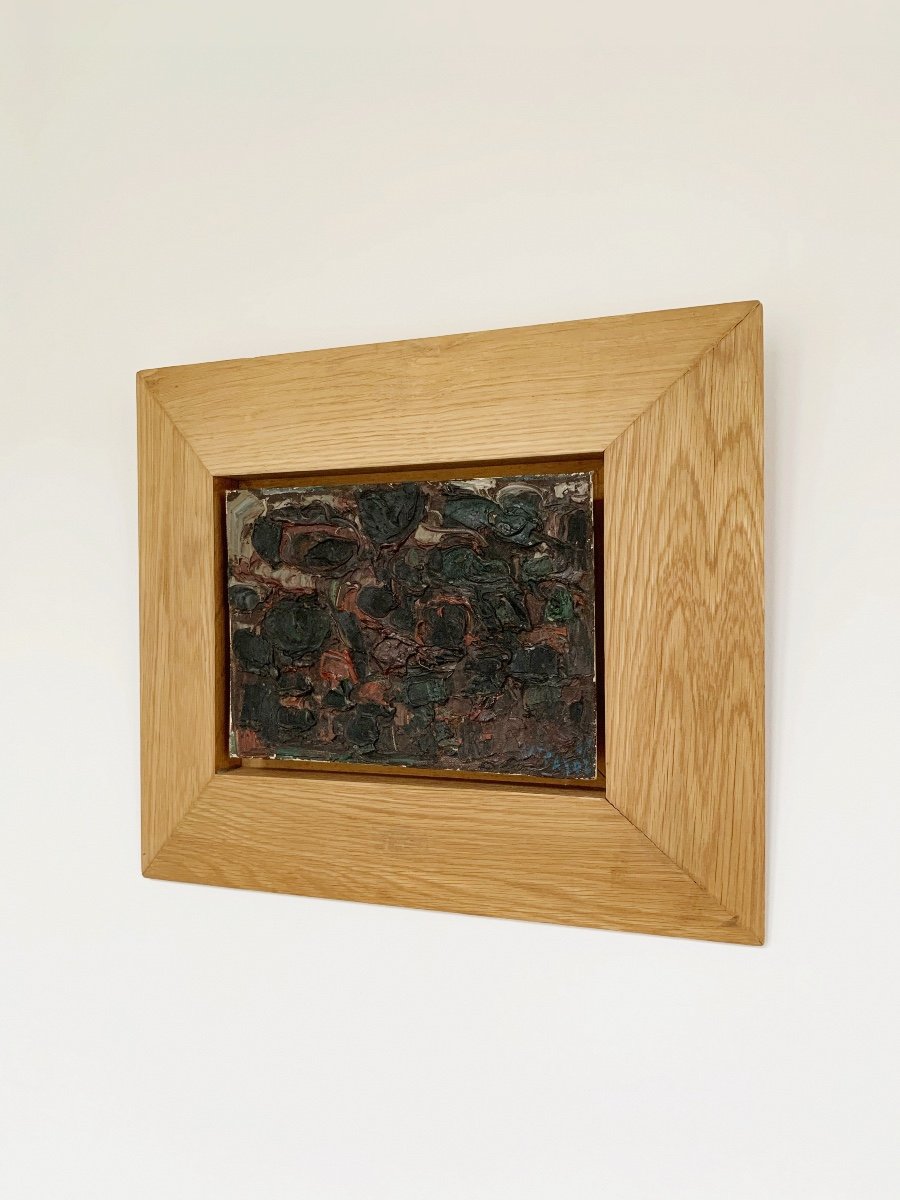


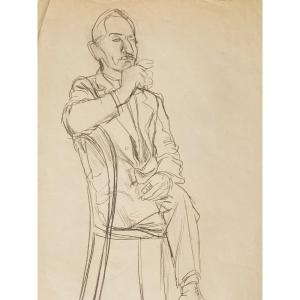

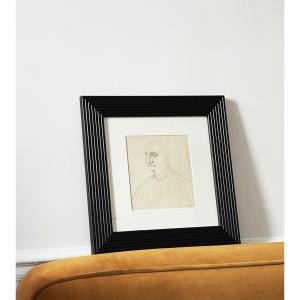

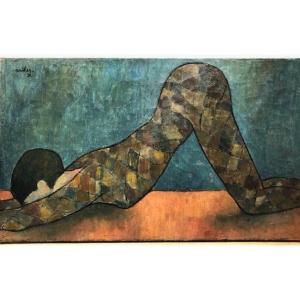
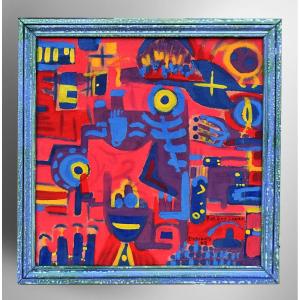


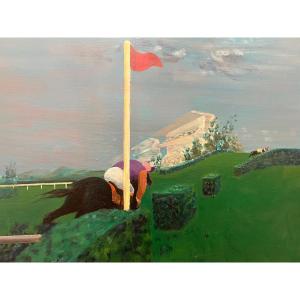
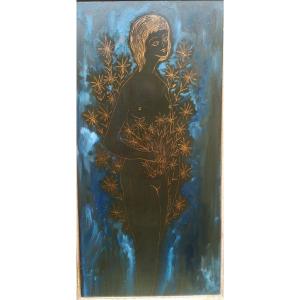



 Le Magazine de PROANTIC
Le Magazine de PROANTIC TRÉSORS Magazine
TRÉSORS Magazine Rivista Artiquariato
Rivista Artiquariato
